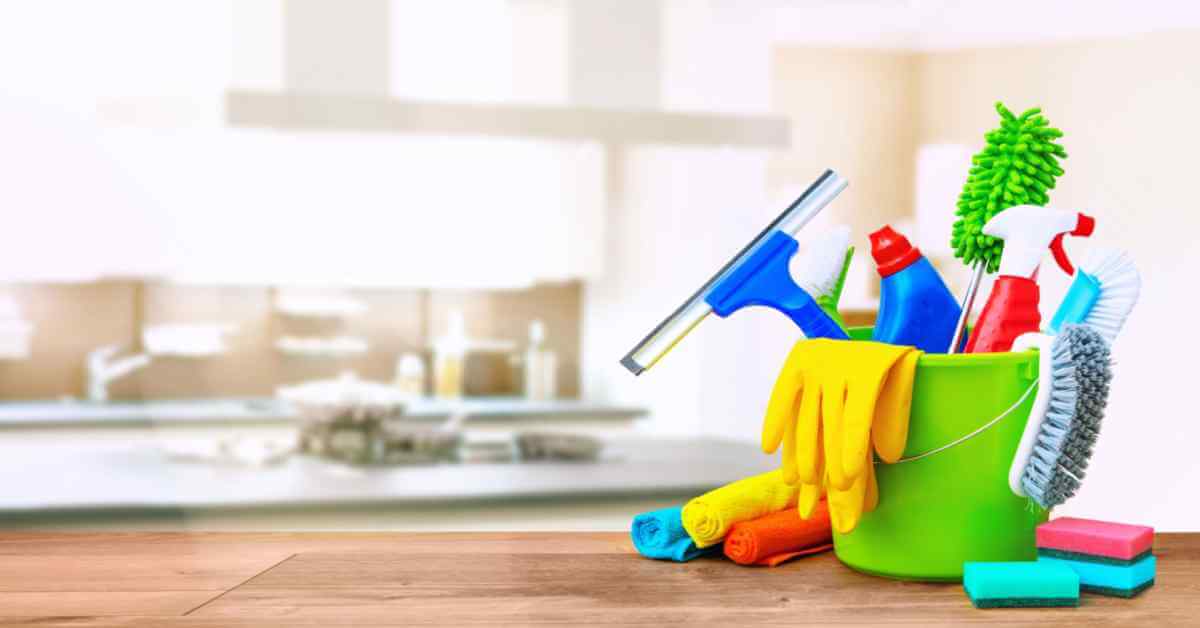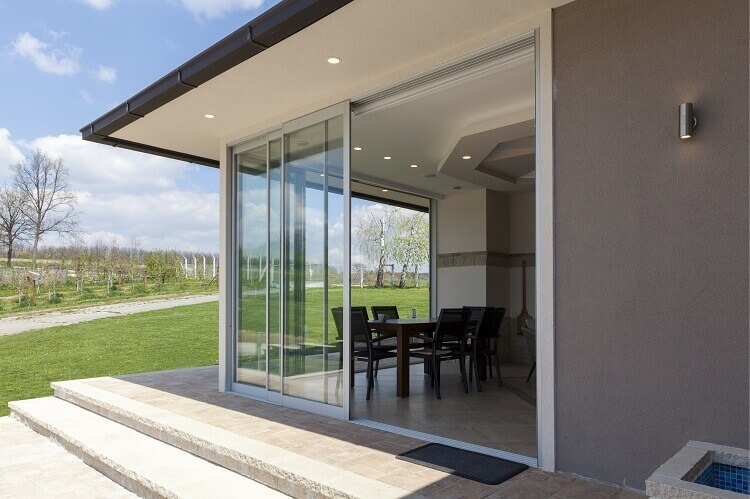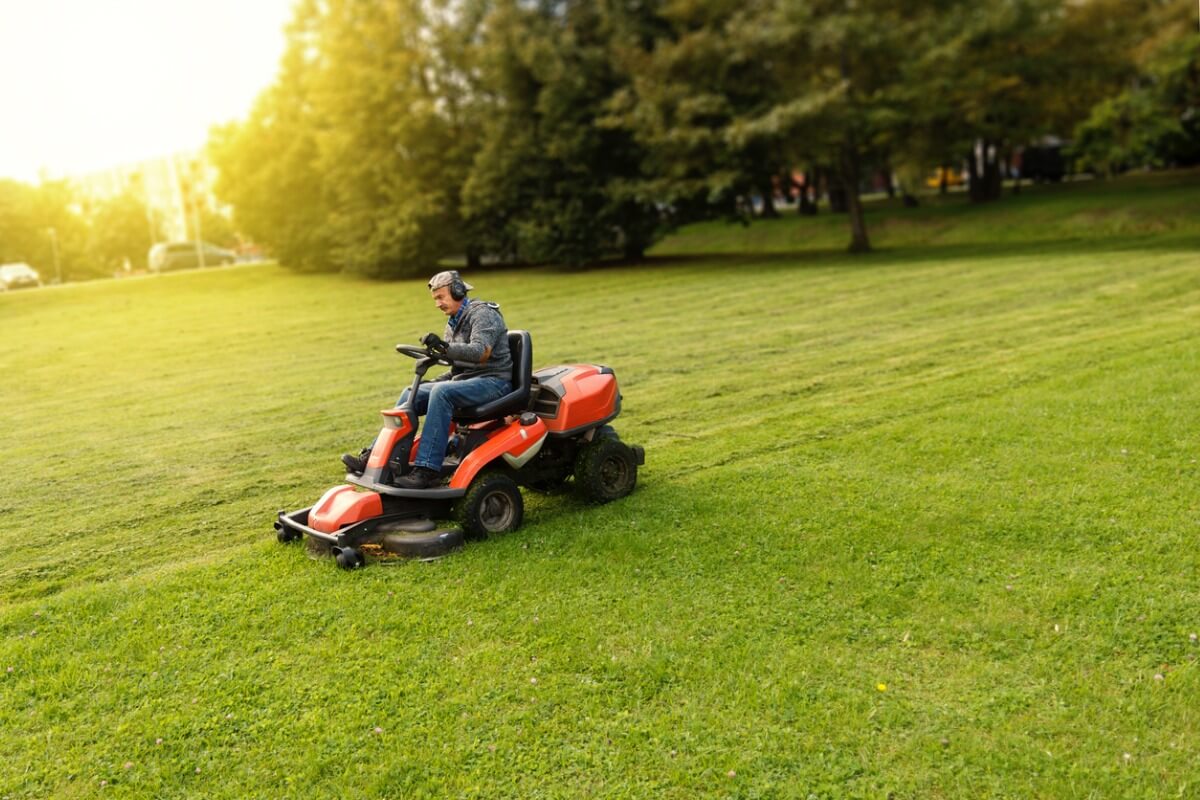Content Attributes
Wash and sanitize any dishes, pots, pans, and cooking utensils that were in contact with floodwater. Water for washing and sanitizing must be certified safe to use.
Washing Dishes and Cooking Utensils
To wash and sanitize:
- Remove detachable parts, such as blades, plastic or wooden handles, and screens.
- Wash and sanitize dishes, pots, pans, utensils, and detached parts in hot, soapy water. Use a brush, if necessary.
- Rinse in clear water after washing.
- Place items in a wire basket or other container and immerse them in a sanitizing solution. A sanitizing solution can be prepared by mixing 1 tablespoon of unscented chlorine bleach in 1 gallon of warm (not hot) water. Hot water causes the bleach to dissipate, weakening the solution.
- Air-dry dishes in a clean and sanitized dish rack. Using a dishtowel could decontaminate the dishes.
| Term | Definition | Uses |
|---|---|---|
| Disinfect | Using a chemical agent to kill harmful bacteria on non-food-contact surfaces | Cupboards, floors, ceilings, counters, and the side walls of large equipment |
| Sanitize | Using a chemical agent or hot water between 170-180° to reduce the number of bacteria to safe levels on food-contact surfaces | Dishes, glassware, utensils, cutting boards, pots, and pans |
| Sterilize | Using a chemical agent, boiling water, or steam to eliminate all microorganisms | Medical equipment |
Wash and sanitize cupboards and other surfaces that came in contact with floodwater with soapy water. Then rinse and wipe surfaces with a disinfecting solution. Remember, cupboards and other surfaces must be cleaned and disinfected before you can store foods, dishes, or cooking utensils in them.
Household Metals
Skip to Household Metals
Rust causes the most damage to flooded household metals, especially iron. Use the following treatments to remove rust.
Wash Iron Pots, Pans, and Utensils
Skip to Iron Pots, Pans, and Utensils
- Wash and sanitize with soap and water, using a stiff brush, scouring powder, or steel wool.
- If rust remains, wipe items with an oil-saturated cloth or a commercial rust remover. If using a commercial rust remover, be sure to follow the label instructions.
- Wash again in hot, soapy water, rinse, and dry thoroughly.
Season iron pans and utensils with a generous amount of unsalted cooking oil. Heat in a 250°F oven for 2 or 3 hours. This will permit oil to soak into the pores of the metal. During the heating process, apply more oil as needed. When the seasoning is completed, wipe off the excess oil.
Washing Stainless Steel, Nickel-Copper Alloy, Nickel, or Chrome-Plated Metals
Skip to Stainless Steel, Nickel-Copper Alloy, Nickel, or Chrome-Plated Metals
Wash thoroughly and polish with a fine-powdered cleanser. If hardware is broken so that base metal is exposed and rusted, wipe it with kerosene. Then wash and dry the surface. Wax after each use to prevent further rusting.
Sanitize Aluminum Pans and Utensils
Skip to Aluminum Pans and Utensils
- Wash and sanitize thoroughly with hot soapy water. Scour any unpolished surfaces, such as the insides of pans, with soapy steel wool pads. However, do not scour plated aluminum surfaces because it might remove the finish.
- Sanitize in a bleach solution (1 tablespoon of unscented chlorine bleach per gallon of warm, not hot, water).
- To remove dark stains from aluminum pans, fill the pan with water. Add 1 tablespoon vinegar or 2 teaspoons cream of tartar for each quart of water. Boil for 10 to 15 minutes, scour with steel wool, wash with soap, rinse, and dry.
Copper and Brass
Skip to Copper and Brass
- Polish with a copper or brass polish or rub with a cloth saturated with vinegar or rub with a piece of salted lemon.
- Always wash copper thoroughly with soapy water after using acids or commercial polishes or it will tarnish rapidly.
- Wash lacquered ornamental copper in warm soapy water. Rinse with warm water and wipe dry. Do not polish. Do not soak.
NOTE: Do not use copper and brass items for food preparation or service.
Pewter
Skip to Pewter
- Wash thoroughly with hot soapy water, rinse, and dry. Use a soft toothbrush to get into crevices.
- Rub on silver polish (paste or liquid, not the dip type) with a soft cloth. Use a soft toothbrush to get into crevices.
- Rinse in hot soapy water and dry.
- Check for small holes, cracked joints, and dents. If the pewter needs extensive mending let a professional fix it. Small holes can be mended by cleaning the metal inside the pewter object with steel wool, then filling it with pewter epoxy mender. Carefully follow label instructions.
- Replace felt or other protective materials that have separated from household decorative accessories, such as bookends, ashtrays, and candle holders. Buy felt or protective materials in a fabric store. Glue in place with rubber cement.
Hardware
Skip to Hardware
- Coat iron hardware with petroleum jelly or machine oil to prevent further rusting.
- Use stove polish on the stove or similar ironwork.
Locks and Hinges
Skip to Locks and Hinges
Locks and hinges, especially those made of iron, should be taken apart, wiped with kerosene, and oiled. Follow the same procedure as iron hardware.
If it isn’t possible to remove locks or hinges, squirt a little machine oil into the bolt opening or keyhole. Work the knobs to distribute the oil. This will help prevent rusting of the springs and metal casing. (Do not use too much oil as it may drip on the woodwork, making painting difficult.)
NOTE: Only use petroleum jelly, machine oil, kerosene, or stove polish on metal surfaces that will not come in contact with food.



